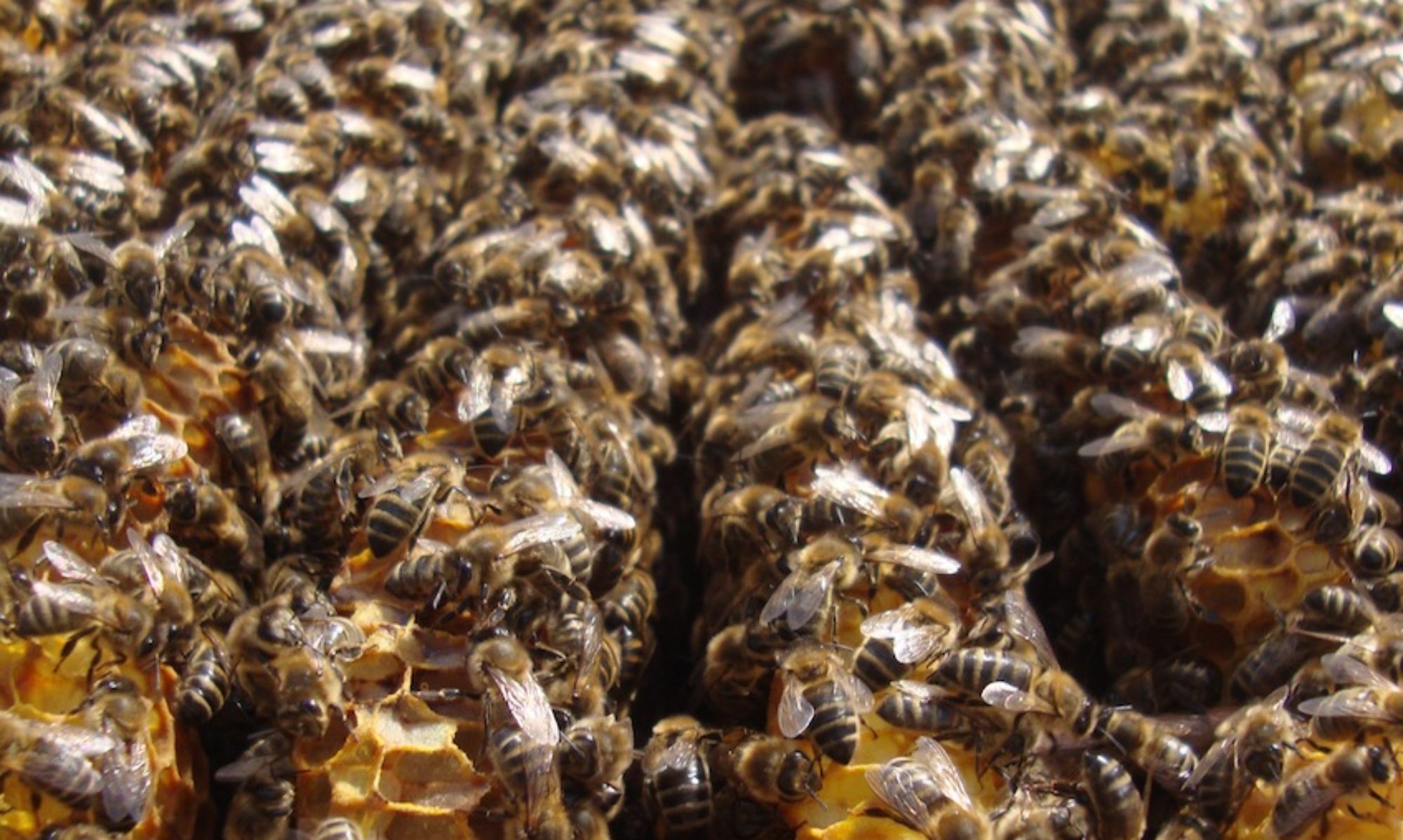Episode 1
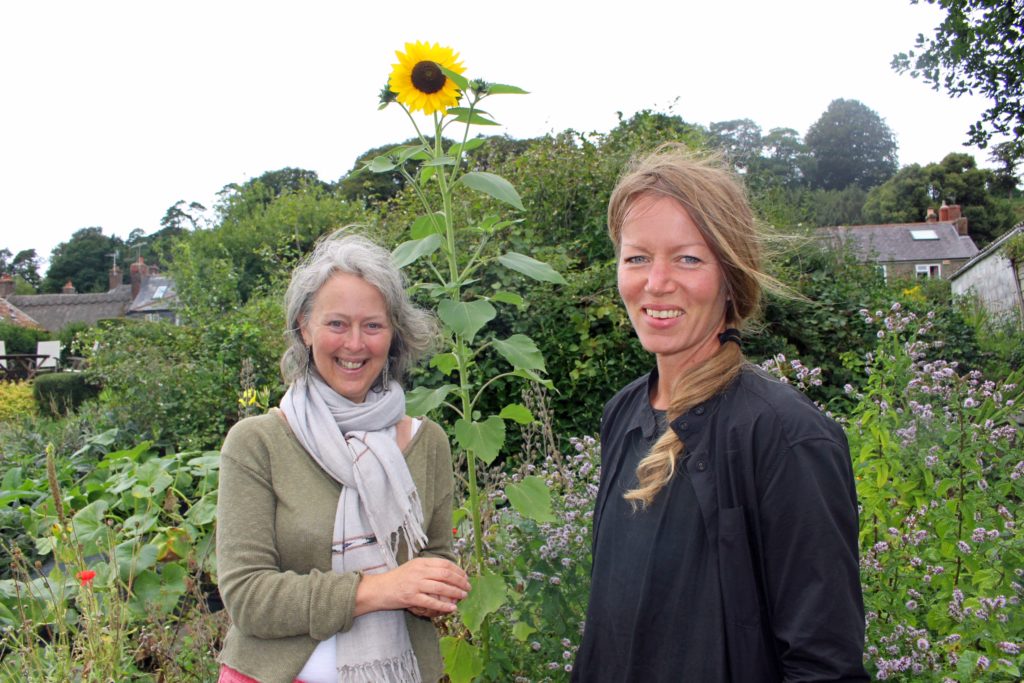
Brigit Strawbridge talks to Verity on her allotment. She gives us a fascinating insight into the diverse foraging habits of many different species of bee and how the gardener might think holistically about planting to support bees and attract them to the garden. Her delightful enthusiasm for bees is infectious.
A must-listen for any keen gardener or nature lover. Brigit is a British environmentalist, author of “Dancing with Bees” and starred in the 2006 – 2009 TV series “It’s Not Easy Being Green”.
https://beestrawbridge.blogspot.com
Episode 2
Here we go piping, quacking and tooting. We talk to Dr Martin Bencsik and his wife Dierdre about the wonder of bees, some fascinating new research into sounds made by queen bees in the hive and the bees’ sensitivities to vibration. Martin’s father kept honey bees but the young Martin disliked beekeeping and remembers his fear of being stung! Ironically, today much of Martin’s research work as a scientist involves studying bees and how they cooperate in the hive specifically through the use of vibration.
Ever thought bees could live in a cello? Well Martin did, and he has a colony in a cello to prove it. Dierdre is a professional cellist and treats us to “The Dance of the Honeybee” played on the cello. Martin and Dierdre tell us why they did it!
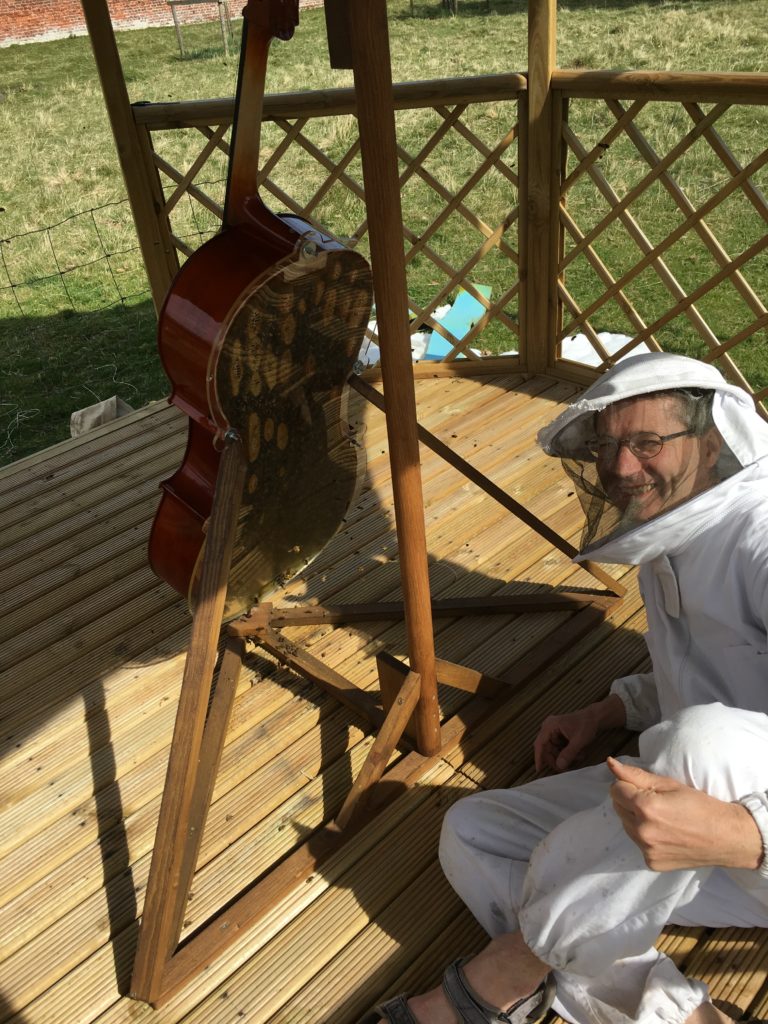
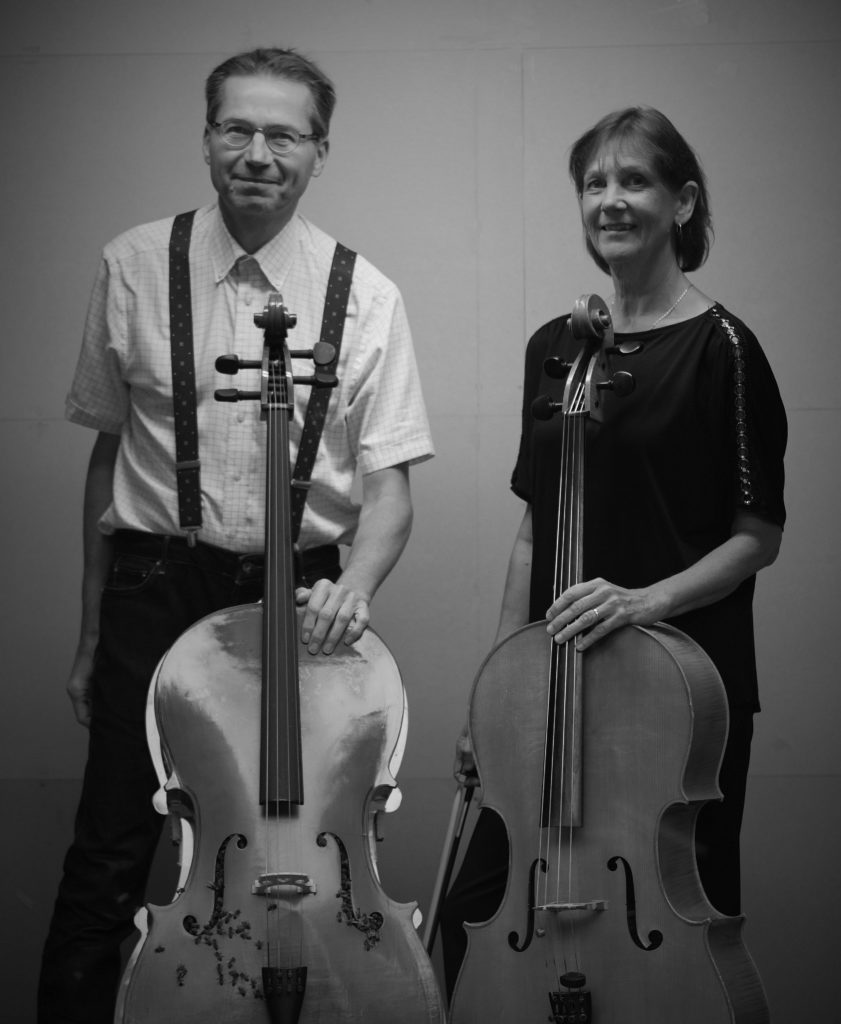
This very instrument can be seen at Holme Pierrepont Hall
The location of the Bee Cello: https://www.holmepierreponthall.com/the-bee-cello.html BBC News, 16th June 2020: https://www.bbc.co.uk/news/science-environment-53029218 Martin's scientific paper: https://www.nature.com/articles/s41598-020-66115-5.pdf
Episode 3
Dr Sara Robb grew up in Iowa and lost her home in a tornado – but that’s another story! A non-beekeeper, Sara teaches and exhibits at the National Honey Show every year – well worth a visit. A fascinating exploration of the health benefits of wax, honey, pollen and propolis; soaps and cerates and a magical journey back in time to the mystical history of recipes and pharmacopia. We hear treatments for leprosy and Lennie the Rabbit’s recovery from a life-threatening illness. Background interjections from Boyce the Parrot.
Find out more about Sara's work at: http://www.drsararobb.info Sara's new book: https://www.northernbeebooks.co.uk/products/making-and-selling-cosmetics-dr-sara-robb/ The National Honey Show: https://www.honeyshow.co.uk Lancet Citations to the 1830 and 1831 articles: https://www.thelancet.com/journals/lancet/article/PIIS0140-6736(02)92436-0/fulltext https://www.thelancet.com/journals/lancet/article/PIIS0140-6736(02)99333-5/fulltext
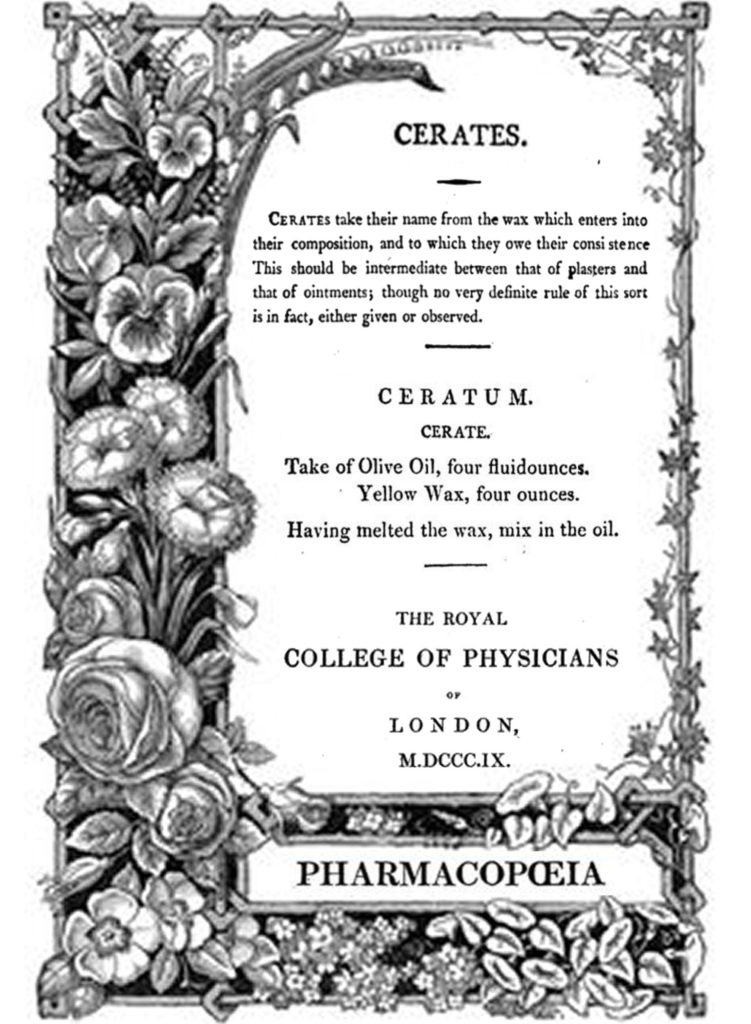
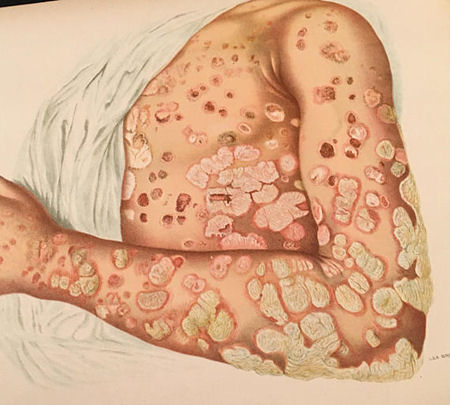
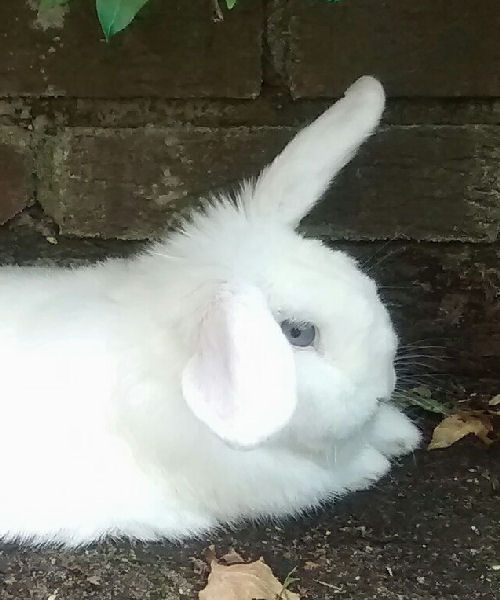
Episode 4
Chris and Patrick talk to Norman Carreck – a well-known bee scientist – about his love and passion for bees; both as a beekeeper and a scientist. Sensitive to the needs of bees, Norman gives us his opinion on a whole raft of topics: what constitutes indigenous or alien species; the wonderful adaptability of bees; the asian hornet; stress and the movement of bees, plants and animals by humans; disease; local bees and tolerance of disease; the longevity of beekeepers; getting young people involved, 5G and EMF and going wild! Some “bee-tech” but of definite interest to everyone.
The INSIGNIA project: https://www.insignia-bee.eu/ COLOSS (Colony loss research): https://coloss.org/ Laboratory of Apiculture and Social Insects at the University of Sussex: https://www.sussex.ac.uk/lasi/ Norman’s FaceBook page: https://www.facebook.com/CarreckBees/ And the book that Norman and his wife Andrea wrote half of: https://www.amazon.co.uk/Bee-Natural-History-Noah-Wilson-Rich/dp/1782405968/ref=sr_1_4?dchild=1&keywords=carreck&qid=1588860004&sr=8-4 Asian Hornet National Bee Unit information: http://www.nationalbeeunit.com/index.cfm?sectionid=117 Non-native Species: www.nonnativespecies.org Chronic Bee Paralysis: https://phys.org/news/2020-05-emergence-deadly-honey-bee-disease.html
Episode 5
Nicola tells us about her passion for bees and her organisation: “Bees for Development” which helps people in extreme poverty to build a livelihood from beekeeping; bringing health to communities and helping to support biodiversity. A low cost activity, it also allows people time to support families and continue farming. For many it’s a life-saver.
Nicola tells us about what inspired her to go on this journey and how, as a vegan, beekeeping can still make sense if conducted with sensitivity. Oh and Chris has been sleeping on his bees again. Some “bee-tech” but of definite interest to everyone.
Bees for development website: www.beesfordevelopment.org
Bee Tech
Swarm – a natural, healthy activity by honeybees to propagate and to colonise a new area, finding a new home in a cavity. Usually about half the colony swarms with the queen leaving the existing colony to raise a new queen. Due to the general tidying of the landscape, bees can struggle to find an appropriate cavity to move into. Did you know that, because bees in a swarm have fed themselves on honey for their journey and no longer have a nest to protect, they are usually very docile and are not dangerous.
Varroa – a parasitic mite that feeds on the fatty tissues of honeybees and can be a vector for disease. Large infestations can bring about the demise of a colony
